- Home
- Photoshop ecosystem
- Discussions
- Is this photo altered? [Was Re: How to check Befo...
- Is this photo altered? [Was Re: How to check Befo...
Copy link to clipboard
Copied
Can somebody tell me please if this photo is true or fake
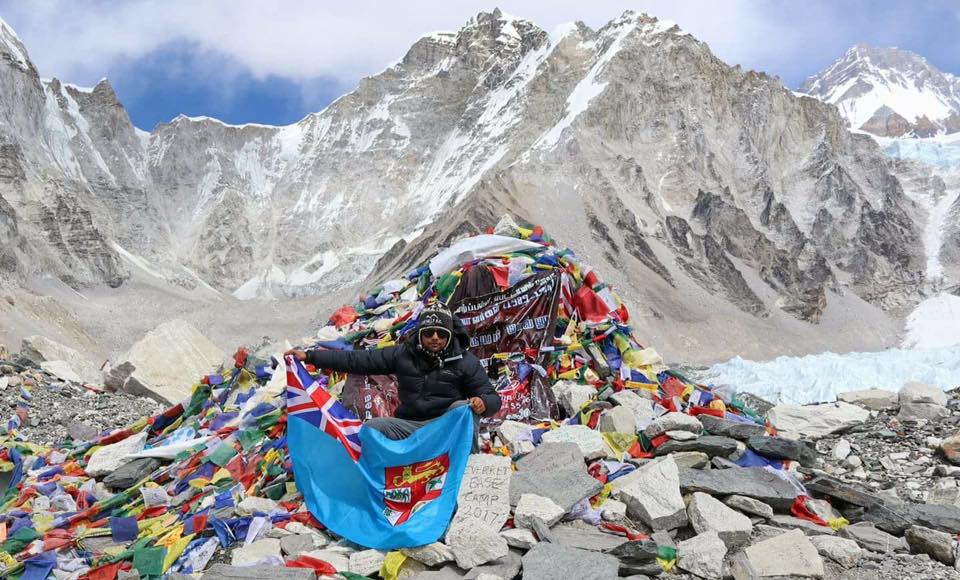
 1 Correct answer
1 Correct answer
Good points Myra , another reverse lookup database is
Explore related tutorials & articles
Copy link to clipboard
Copied
Branched to a new thread since it had nothing to do with the original thread.
Copy link to clipboard
Copied
Don't know whether it was altered. Just want if somebody can check if this photo is photoshop or not.
Copy link to clipboard
Copied
Even if somebody altered it, we couldn't tell which software was used to alter it.
Is it a psd file?
Copy link to clipboard
Copied
No idea at all Peru. A friend sent it to me to check. I checked with TinEye Reverse Image Search but no picture match.
Copy link to clipboard
Copied
I'd say it was real. The shadows look very convincing, and match the rest of the image AFAICT. There is even a slight blue tint in this shadow as the material is slightly translucient. I doubt that I would have thought of that if I was faking it.
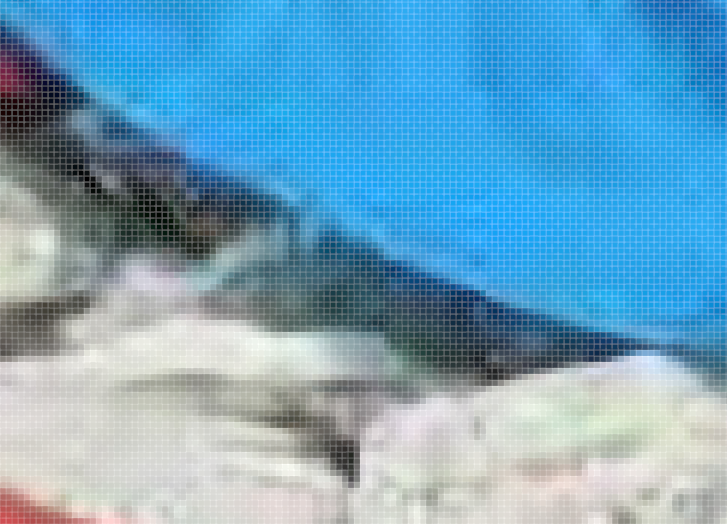
Copy link to clipboard
Copied
If it's well done, there's no way to tell. A pixel is a pixel is a pixel.
This is a very low resolution file, presumably from a much larger original. This in itself will mask any "mechanical" trails such as careless masking edges. A new round of aggressive jpeg compression kills anything left.
So that leaves inconsistent lighting. I can't see any.
Copy link to clipboard
Copied
Did you bet the man in the picture that he couldn't climb Mt Everest? lol To be honest I can't tell if it's composited or not, but to my eye the foreground and background seems to have an imbalance in terms of color saturation-that can however happen in the real world though. I hope he tidied up all that mess before returning to Kathmandu.
Copy link to clipboard
Copied
Always the first thing I do in this sort of situation, except I use a Chrome extension
There was not a perfect match for some of the image, but there seems no doubt that the heap of flags exists.
Copy link to clipboard
Copied
Thanks Trevor
Copy link to clipboard
Copied
One of the things you can do to check if a picture has been faked is to see if there's another really similar picture to it and compare to see if everything else but one thing (like a different person, flag, etc.) has been changed.
To search for similar images, go to images.google.com. Enter the URL of the photo or upload it. You'll see visually similar images. If you don't see another photo that's identical with only a small portion changed, the image might be real.
The next thing to do would be check the image itself. Do the shadows in the suspect area match the rest of the shadows in the photo?
You can also look for any other noticeable mistakes, like if it were large enough to see anything unusual reflecting in his sunglasses.
It is easier to tell with a larger resolution image, so I couldn't tell definitively.
Copy link to clipboard
Copied
Good points Myra , another reverse lookup database is
Copy link to clipboard
Copied
Thanks Teri
Copy link to clipboard
Copied
Thanks Myra
Copy link to clipboard
Copied
There is more than one way to check. If you know this person, did they make the trip? The date the photo was taken should be in line with their whereabouts, and the trip most likely chronicled in social media with additional photos, not just one.
If going to Everest is a big deal, not much of a reason to take just one picture.
Copy link to clipboard
Copied
Right, let's do some basic forensics, and apply ELA (Error Level Analysis) to this image and similar ones to come to a plausible conclusion if any editing was performed, and come up with a hypothesis WHAT kind of editing was applied.
ELA depends on JPG compression differences: a new object placed in a photo will show up as a highlighted area, for example. However, we should be very careful when analysing an image, because highlighted areas (such as obvious edges) will show up when the image was saved as a scaled down image from Photoshop (which adds some edge sharpening). Thus, a highlighted area doesn't necessarily point to a fake - only that SOME change was made to the photo, such as sharpening, softening, scaling, etc.
The best we can do is to compare this photo with comparable pictures, and see if we can come up with a comparable result by editing our own version.
Here is the ELA result for this image (referred to OPIMG1 from now on):
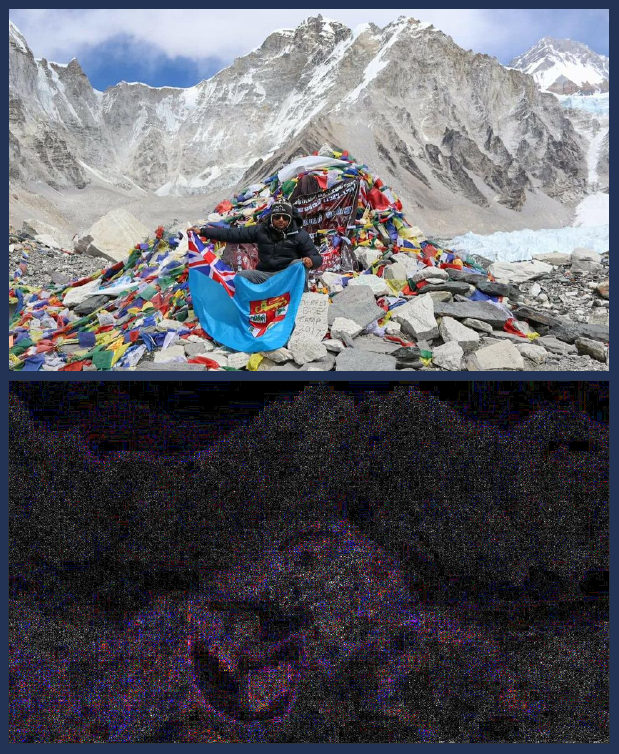
http://fotoforensics.com/analysis.php?id=2eacda5f0599f6005a52d05b59040eab8e46a0b7.115079
That looks odd. Compare with a jpeg that is saved directly from a camera (indicated by the fact no ICC profile is included - digital cameras do not add a colour profile, excepting a couple of exceptions, and then a setting is required!):
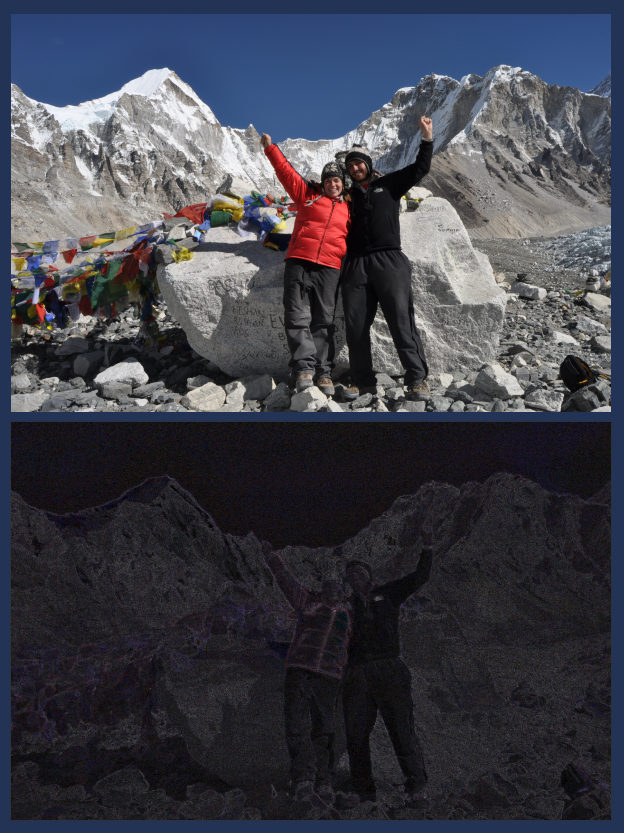
http://fotoforensics.com/analysis.php?id=2e0f464fc11d14d9dea4cc8d8c7f199921f4e3fa.3157350
Meta data tells us that this photo was taken with a Nikon D5000. OPIMG1 includes an ICC profile, and that means it was processed and saved by an image editor and/or while uploading to the net (for example, Facebook does this). Only the OP knows where this image originates - was it sent to him to his email, or Facebook, etc.?
Let's compare a similar photo that was scaled down in Photoshop ("standing guy"):
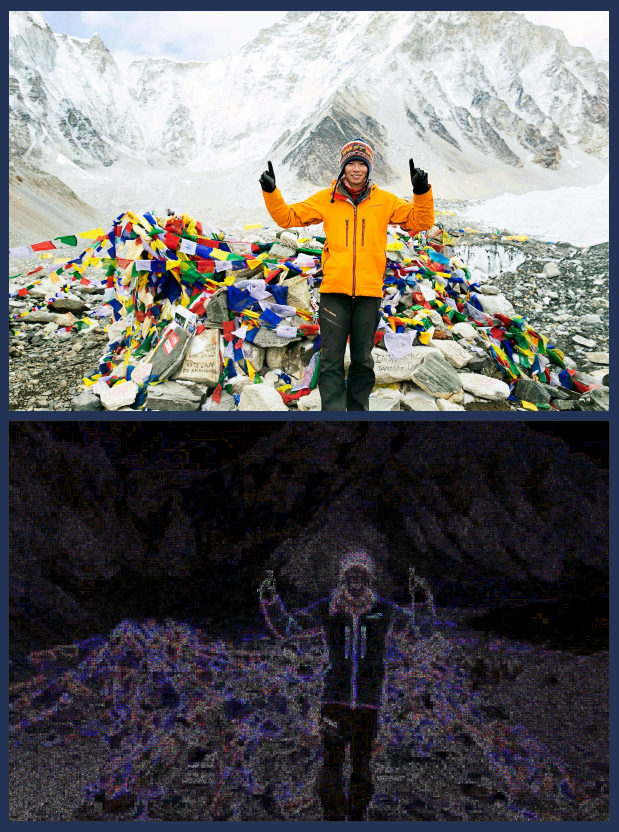
http://fotoforensics.com/analysis.php?id=335dcf1242bb735cfd8ff4ac8c612fbf0e62b65e.425930
This is a result typical of a photo scaled down by Photoshop (CS6 in this case - see metadate): not only is it scaled down, but also edges are sharpened - which results in highlighted edges with blueish pixels. When a photo is saved again and again as a JPG, the ELA will become darker and darker. Differences in compression (changes in the original and resaved as JPG) show up highlighted.
Notice that OPIMG1 lacks these edges.
Here is another example - the original camera photo, and the scaled down version from Photoshop:
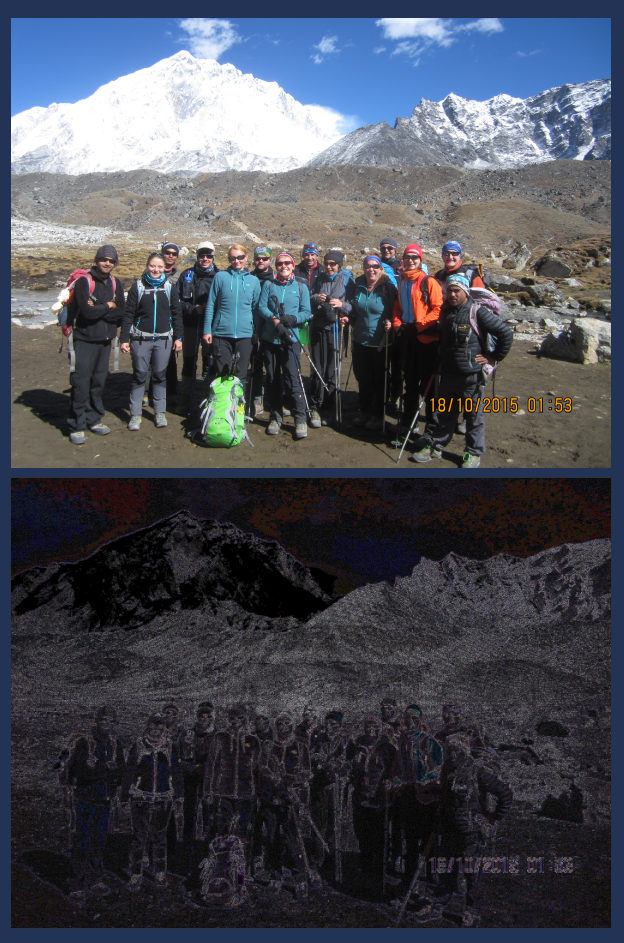 http://fotoforensics.com/analysis.php?id=bee109eed5b4817ca240e8bd93ec243d78082471.3209297
http://fotoforensics.com/analysis.php?id=bee109eed5b4817ca240e8bd93ec243d78082471.3209297
http://fotoforensics.com/analysis.php?id=bee109eed5b4817ca240e8bd93ec243d78082471.3209297
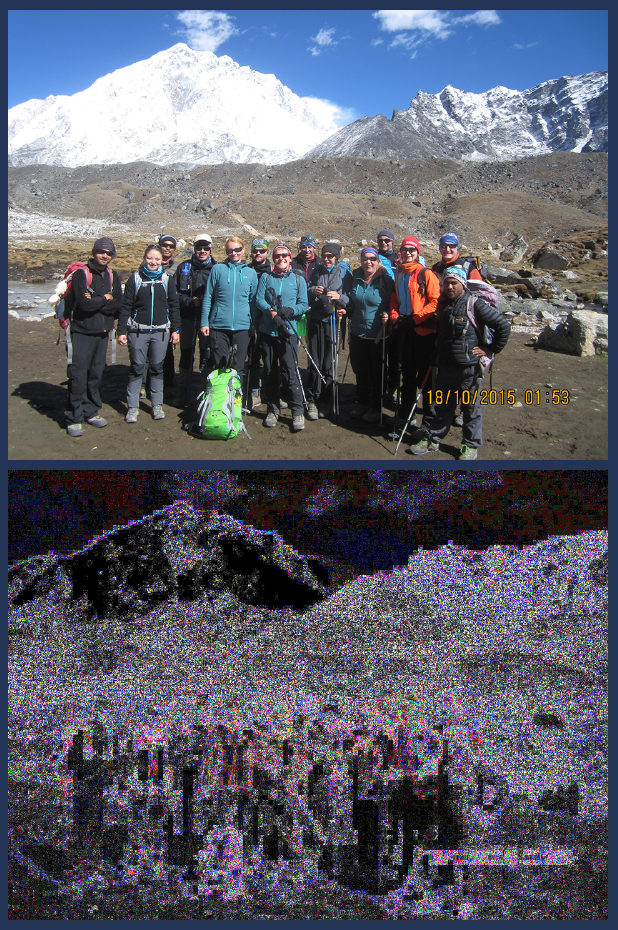
http://fotoforensics.com/analysis.php?id=77fdb1c8f1f5616d83f4c7f7c477d1c0ca1f2210.362374
Notice how the scaled down version that was saved in Photoshop looks brighter in the ELA. Scaling down a 'fake' photo can make it more difficult to check for these differences. The point is in looking for overall noticeable variances in brightness in similar areas and textures in a picture. The above scaled down version show no variation - it is monotone.
As a test, I sharpened only the foreground of the "standing guy" photo:

http://fotoforensics.com/analysis.php?id=972be22890e48768c799d359e097f8ee398770c2.455597
This is interesting: it looks similar to the OP's OPIMG1 image, albeit more contrast rich. Because of the sharpening the jpg compression of the foreground is highlighted.
Here is an image where I Photoshopped a different foreground on top of a background:

http://fotoforensics.com/analysis.php?id=92f69f374db12a16d0d29e35a2e748d03e8539b1.203806
Notice the lighter foreground, which indicates that the foreground was edited. More subtle, but it is there and quite obvious.
Based on the meta data and the ELA result and comparisons with similar images, both unedited and edited, here are my (tentative) conclusions :
1) the original image OPIMG1 was edited. The foreground with the man holding the flag is processed in some way: sharpened, or even composited into the background. But it is a tentative conclusion: it could have been merely foreground sharpening.
2) the flag's two elements stand out quite a bit, again indicative for some type of processing.
3) meta data indicates the image was processed, and is not a camera original. (Facebook removes all private EXIF infor, btw)
4) the ICC profile was added by Facebook. 25/01/2012 2012:01:25 03:41:57 is standard for Facebook images.
5) since the actual timestamp was removed, we can't cross-reference the weather at Mnt. Everest base camp when this photo was taken with Wolfram.
6) the meta data includes an Original Transmission Reference, which was (probably) added by Facebook. FB introduced these tracking codes on June 12th 2014, which infers this image may have been uploaded sometime after that date.
7) reverse image lookup (various services) did not result in any hits.
8) the original camera's EXIF meta data was removed. Facebook removes the EXIF data
9) all meta data indicates that this image was taken from Facebook.
That's all I can say. Hope it is helpful. There are other forensic methods, but I only limited myself to ELA and meta data.
http://fotoforensics.com/tutorial-about.php
Disclaimer: I am not a professional forensic image expert. ![]() Just having fun here.
Just having fun here.
http://fotoforensics.com/analysis.php?id=77fdb1c8f1f5616d83f4c7f7c477d1c0ca1f2210.362374
Find more inspiration, events, and resources on the new Adobe Community
Explore Now


